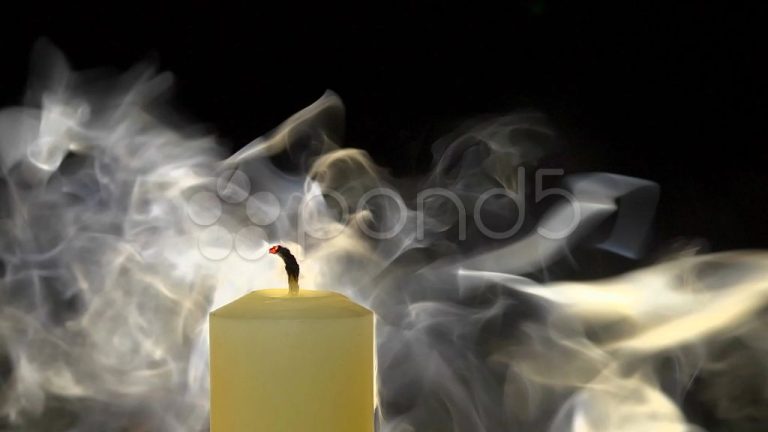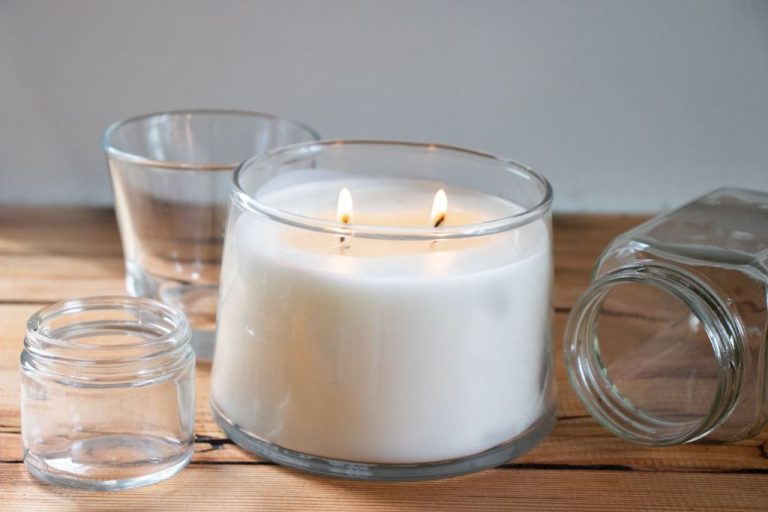How Do You Burn Thick Pillar Candles?
Pillar candles are tall, cylindrical candles that are commonly used for decorative purposes. Properly burning pillar candles is important for several reasons:
- It helps ensure an even, complete burn and avoids wasted wax.
- It prevents issues like tunneling, mushrooming, or smoking which ruin the look of the candle.
- It maximizes burn time, value for money, and full usage of the wax.
- It reduces safety risks from improper wick issues.
- It helps the fragrance of scented candles fully develop without being overwhelmed by smoke.
This guide will cover the key factors in achieving proper, safe, and complete burns for pillar candles.
Wick
Thick pillar candles require a larger, thicker wick to properly burn the wax and release the scent. Common wick types used for thick pillar candles include paper core wicks, cotton core wicks, and zinc core wicks in various thicknesses like #6, #7, #8, or #10 wicks. Metal core wicks can also be used for very thick candles over 3 inches wide. Selecting the right wick thickness prevents issues like tunneling and improper melt pools [1].
Before lighting thick pillar candles, it’s important to trim the wick to 6-8mm in length using candle wick trimmers. This prevents the wick from being too long and producing excess smoke or getting too close to the side walls. Trimming also removes any curling or stray fibers on the wick top. Allow the candle to completely cool before trimming the wick for safety and optimal results [2].
Location
When burning thick pillar candles, it’s important to place them on a stable, heat-resistant surface. Avoid placing them directly on wood tables or surfaces that could scorch or catch fire. A candleholder, plate, or stand made of metal, glass, or ceramic works best.
Additionally, make sure to keep pillar candles away from drafts. Air currents from open windows, vents, fans, or breezes can cause the flame to tunnel down into the wax or flicker unevenly. This leads to uneven burning, drips, and wasted wax. Position pillar candles in a spot sheltered from drafts for optimal performance.

For safety, place pillar candles on a surface that’s open and visible. Avoid cramped, cluttered, or concealed areas where a forgotten candle could be dangerous. And always keep them away from combustibles like curtains, books, and furniture.
Burn Time
The burn time of a thick pillar candle is determined by its diameter. As a general rule, allow a pillar candle to burn for approximately 1 hour per inch of the candle’s diameter to achieve full melt pools. For example, a 3-inch diameter pillar candle should burn for around 3 hours before blowing it out.
Allowing the full melt pool to form is important to prevent tunneling, where wax melts unevenly down the sides of the candle. Tunneling makes the candle burn unevenly and can cause hazardous conditions. Aiming for 1 hour of burn time per inch of diameter helps ensure you allow the wax to melt fully across the top of the pillar candle before extinguishing.
According to Huntershoneyfarm.com, a 3×5 inch smooth pillar beeswax candle has an estimated burn time of 50-60 hours [1]. This aligns with the 1 hour per inch of diameter rule.
Melt Pool
When burning pillar candles, it’s important to allow a full melt pool to form before extinguishing the candle. According to CandleScience, a proper melt pool depth should be 1/4″ to 1/2″ deep. This allows the fragrance to fully disperse into the room. A melt pool that is too shallow may result in tunneling, while one that is too deep can lead to excessive wax pooling.
For a 3 inch pillar candle, the melt pool will widen about 1 inch per hour of burn time, typically reaching 2-3 inches wide when fully pooled, according to discussions on Craft Server. Allowing a complete melt pool before blowing out the flame helps ensure proper wax consumption and fragrance throw.
It’s generally recommended to trim the wick as needed to maintain the ideal melt pool depth of 1/2 to 1 inch. Allowing the full melt pool before extinguishing allows for optimal performance.
Smoke and Soot
Soot on candles is caused by the incomplete combustion of wax hydrocarbons. This occurs when the flame flickers or is not hot enough to fully burn the wax vapor. Soot can also be caused by using the wrong wick size or wicks with metal cores that get too hot and smoke
To prevent smoke and soot, it’s important to use the proper wick length for the candle diameter. According to the Candleers, the wick should be trimmed to 1⁄4 inch before lighting. The wick length should match the melt pool size. A smaller melt pool needs a shorter wick. Longer wicks cause more soot. Proper airflow around the candle is also important to prevent smoking. Make sure the candle is not crowded by other items when burning.
Additionally, well-formulated candle wax with proper additives will burn cleaner. Stay away from candles with harmful additives like paraffin or synthetic dyes. Be mindful of any scent chemicals, as those can increase soot. Using natural soy, coconut, or beeswax candles with cotton wicks can reduce sooting issues.
Tunneling
Tunneling occurs when the flame only melts the center of the candle wax instead of the entire top layer. This happens when the wick is too short or the candle isn’t burned long enough for the entire melt pool to liquify. Tunneling causes issues like soot buildup on the sides and an uneven burn. To prevent tunneling, make sure to trim the wick to 1⁄4 inch before lighting and allow the candle to burn for at least one hour per inch of diameter. For example, a 3 inch pillar candle should burn for at least 3 hours. Allowing the full melt pool to form will help prevent the wick from tunneling down into the candle over time (The Chandlery, 2022).
Second Lighting
When burning a thick pillar candle, it’s important to allow the wax to fully harden before relighting the candle. According to Honey Candles, you should extinguish the candle and trim the wick before lighting it again. This prevents tunneling, where a hole burns down the center of the candle. Allow at least 2 hours for the wax to completely solidify. Test the wax with your fingernail to ensure it has hardened before relighting. With thick pillar candles, patience is key for proper second burnings.
Safety
When burning pillar candles, it’s important to follow some basic safety precautions to prevent fires or injuries. According to the National Candle Association (NCA), you should never leave a burning candle unattended and should always keep it within sight (https://candles.org/fire-safety-candles/). Place the candle on a stable, heat resistant surface and make sure to keep it away from any flammable materials like curtains, paper, furniture or decorations. The NCA recommends allowing at least 4 inches of space all around the candle (https://candles.org/fire-safety-candles/).
It’s also important to keep pillar candles out of the reach of children and pets who may accidentally knock them over. The National Fire Protection Association (NFPA) notes that nearly half of home candle fires start in the bedroom, so take extra precautions in that room (https://www.nfpa.org/education-and-research/home-fire-safety/candles). Never leave burning candles unattended and extinguish them before going to sleep or leaving the house.
Conclusion
Thick pillar candles require some special considerations when burning to ensure proper melting, avoid issues like tunneling, and maximize burn time. The key things to remember are:
- Use a wick size suited to the diameter of the pillar candle
- Keep wicks trimmed to 1⁄4 inch
- Allow full melt pool to form before extinguishing
- Avoid drafts which can cause uneven burning
- Keep wicks centered as the candle burns
- Allow the wax pool to harden before relighting
- Follow safety precautions like placing on heat resistant surfaces
By following these guidelines, you can fully enjoy thick pillar candles and their long burn times. Proper burning will minimize waste, maximize scent throw, and prevent issues like tunneling. With the right wick and care, thick pillar candles can provide an ideal candle experience.






